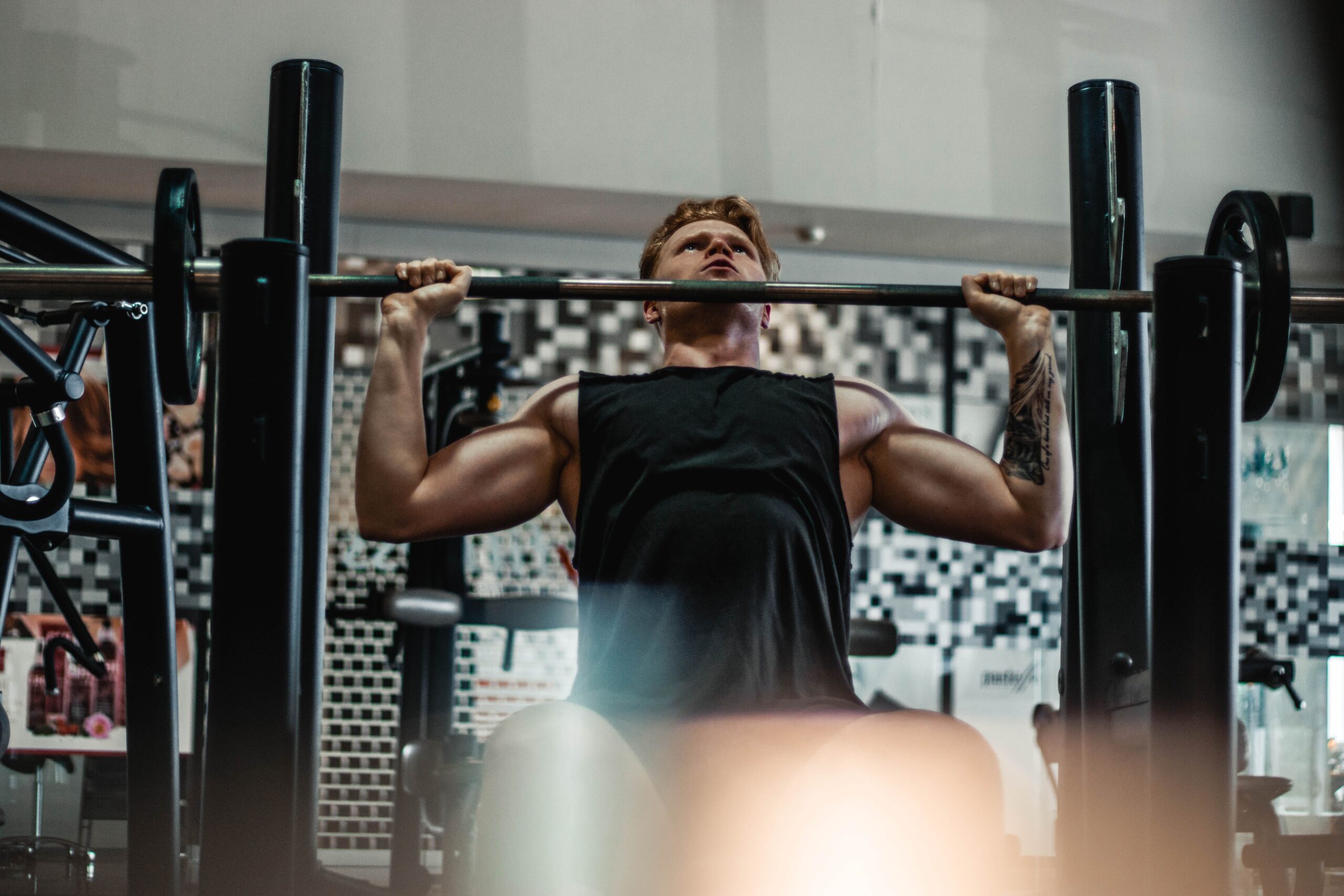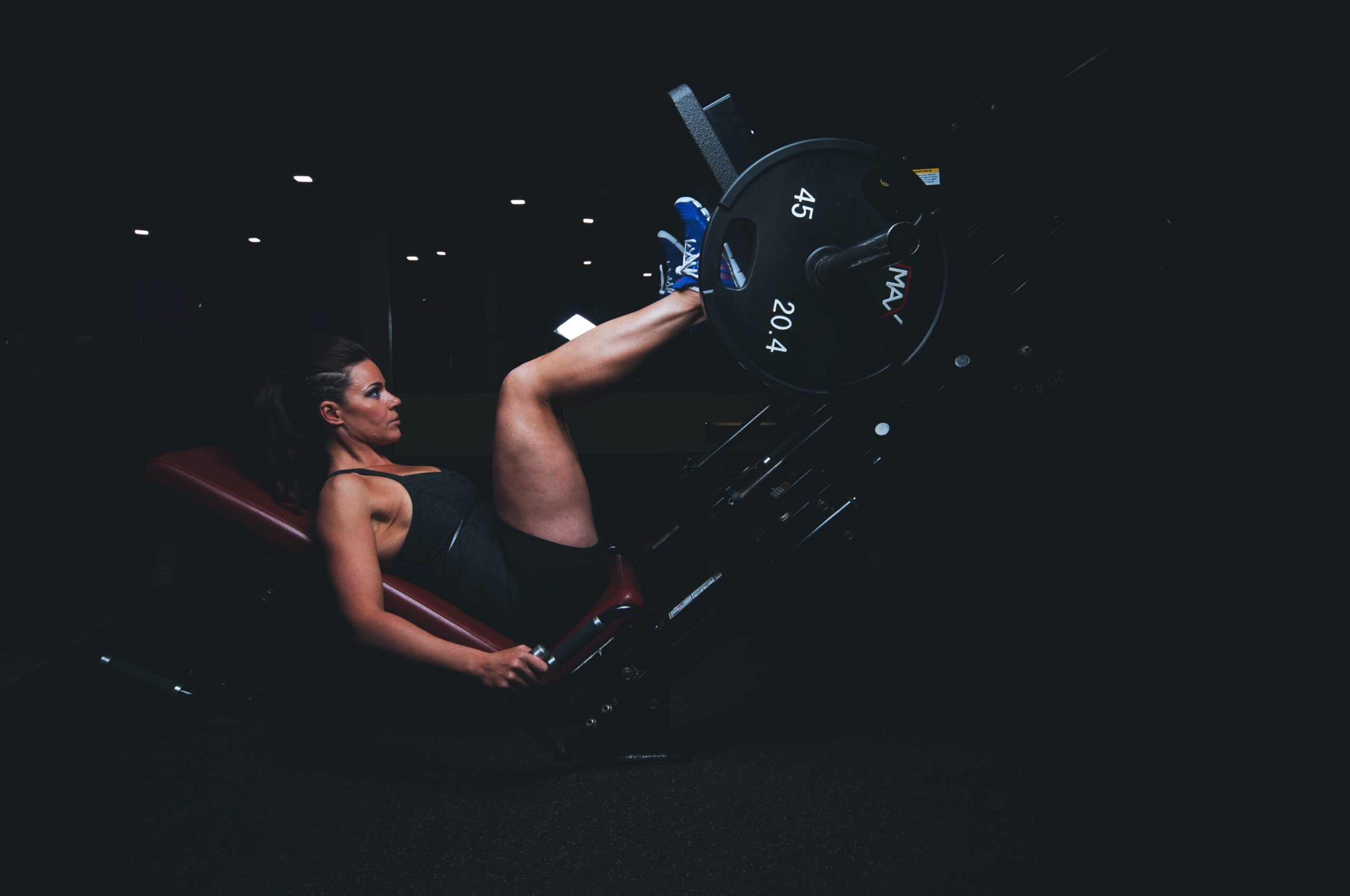
If you’re looking to increase your bench press, you’re not alone. The bench press is a staple exercise for strength athletes, bodybuilders, and powerlifters alike. It’s a measure of upper body strength and power, and increasing your bench press can have a significant impact on your overall strength and fitness level. In this article, we’ll cover everything you need to know to master the bench press and increase your lifts.
The 10 proven techniques for maximum lifts include perfecting your form, training your triceps, building a stronger upper back, increasing grip strength, training your shoulders, incorporating plyometric training, using a spotter, increasing frequency, and incorporating isometric holds.
Key Takeaways
- The bench press is a crucial exercise for building upper body strength and power.
- Understanding the proper technique and form is essential for maximizing the effectiveness of the bench press and reducing the risk of injury.
- Strengthening specific muscle groups like the triceps, upper back, shoulders, and grip can help increase your bench press.
- Incorporating plyometric training, using a spotter, increasing frequency, and incorporating isometric holds are proven techniques to boost your bench press lifts.
- Proper nutrition and a balanced diet, including foods high in protein, are important for supporting muscle growth and improving your bench press performance.
Understanding the Basics of the Bench Press
Before you can start increasing your bench press, it’s important to understand the basics of the exercise. Bench pressing primarily targets the chest, triceps, and shoulders region. It involves lying flat on a bench and pushing a barbell off your chest, with the weight supported by your arms and chest.
The most common types of bench presses are the flat bench press, bench press incline, and bench press decline.
Each of these variations targets slightly different muscles and angles and can be incorporated into your training program based on your goals and preferences.
Optimal Technique for a Powerful Lift
If you’re into weightlifting, you know how important it is to have a proper technique when performing the bench press.
It’s not just about getting the bar up and down; it’s about doing it in a way that maximizes your performance and minimizes your risk of injury.
In this article, we’ll cover the optimal technique for a powerful bench press, step by step.
The Set Up
- Foot Placement: Start by setting up properly on the bench. Your feet should be flat on the floor at about shoulder-width apart. This will give you a stable base to push from.
- Back Arch: Next, arch your back slightly. This will create a natural curve in your spine and help you maintain good form throughout the lift.
- Shoulder Squeeze: Squeeze your shoulder blades together. This will help stabilize your shoulders and keep them in the proper position.
- Grip: Your grip on the barbell should be slightly wider than shoulder-width, with your palms facing away from your body. This will allow for optimal engagement of your chest muscles during the lift.
- Elbow Tuck: Finally, tuck your elbows in towards your body. This will help protect your shoulders and allow you to generate more power from your chest muscles.
Lowering the Bar
- Controlled Movement: Lower the bar to your chest in a controlled manner. Don’t let it drop quickly or bounce off your chest. This can cause injury and also reduce the effectiveness of the lift.
- Elbow Positioning: Keep your elbows tucked in at an angle of 45 degrees to your body. This will help engage your chest muscles more effectively and also prevent shoulder strain.
- Back Arch: Maintain the arch in your back throughout the entire lift. This will help keep your spine in a neutral position and reduce the risk of injury.
Pressing the Bar
- Exhaling: Once the bar touches your chest, press it back up in a straight line. As you press the bar up, exhale. This will help you generate more power and keep your form tight.
- Shoulder Squeeze: Keep your shoulders squeezed together throughout the entire lift. This will help you maintain good form and also activate your triceps muscles more effectively.
Lockout
- Elbow Extension: Once you reach the top of the lift, lock your elbows out. This means fully extending your arms. This will complete the lift and also help you develop strong triceps muscles.
- Chest Squeeze: Squeeze your chest muscles at the top of the lift. This will help you engage them more fully and also improve your overall strength.
Also Read: Ultimate Guide to Building Strong Legs: Top 10 Leg Workouts for a Sculpted Lower Body
Increasing Your Bench Press: 10 Proven Techniques for Workout
#1. Perfect Your Form: Before you start adding weight to your bench press, it is essential to ensure that your form is correct. Proper form helps you engage the right muscles and reduces the risk of injury. Here are the steps to perfect your form for a better bench press:
-
- Lie flat on the bench and firmly place your feet on the ground.
- Grip the barbell with your hands slightly wider than shoulder-width apart.
- Lower the barbell to your chest in a controlled manner, keeping your elbows at a 45-degree angle.
- Push the barbell back up until your arms are fully extended.
#2. Train Your Triceps: The triceps are a crucial muscle group in the bench press, and strengthening them can help you lift more weight. Here are some exercises for bench press with dumbbells to target your triceps:
-
- Close-grip bench press
- Tricep pushdowns
- Dips
#3. Build a Stronger Upper Back: Your upper back muscles, specifically your rhomboids and rear deltoids, play a significant role in the bench press. Strengthening these muscles can help you stabilize the barbell and lift more weight. Here are some exercises to build a strong upper back:
-
- Barbell rows
- Face pulls
- Pull-ups
#4. Increase Your Grip Strength: A strong grip is essential in the bench press, and improving it can help you lift more weight. Here are some exercises to improve your grip strength:
-
- Farmers walk
- Plate pinches
- Deadlifts
#5. Train Your Shoulders: Your shoulders are also essential in the bench press, and strengthening them can help you lift more weight. Here are some exercises you can do to target your shoulders:
-
- Military press
- Dumbbell lateral raises
- Barbell front raises
#6. Incorporate Plyometric Training: Plyometric training involves explosive movements that can help you improve your power and strength. Here are some plyometric exercises that can help you increase your bench press max:
-
- Clap push-ups
- Medicine ball chest passes
- Plyometric push-ups
#7. Use a Spotter: Having a spotter can help you push yourself to lift heavier weights safely. A spotter can also help you identify and correct any form issues. Always use a spotter when attempting to lift weights that are close to your max.
#8. Increase Your Frequency: Training your bench press more frequently can help you make faster progress. Try adding an extra bench press session to your weekly routine, or increase the frequency of your current sessions.
#9. Incorporate Isometric Holds: Isometric holds involve holding a weight in a fixed position for an extended period. These holds can help you build strength and stability in the bench press. Here are three isometric exercises you can try:
-
- Board presses
- Pin presses
- Floor presses
#10. Improve Your Nutrition: Your diet plays a significant role in your strength and performance. Make sure to eat a balanced diet with plenty of protein to support muscle growth and repair. Here are some foods that can help you improve your bench press:
-
- Lean meats
- Fish
- Eggs
- Nuts and seeds
- Whole grains
Final Thoughts
In conclusion, the bench press is a critical exercise for athletes and fitness enthusiasts looking to increase upper body strength and power. Understanding the basics of the exercise, including proper technique and form, is essential to optimizing your lifts and reducing the risk of injury.
Incorporating exercises that target specific muscle groups, such as the triceps, upper back, shoulders, and grip, can help you build strength and increase your maximum weight. Plyometric training and isometric holds are additional strategies to boost power and stability. Increasing frequency and improving nutrition are also important factors to consider.
FAQs
How wide should my grip be on the barbell?
Your barbell grip should be slightly wider than shoulder-width.
Should I let the bar bounce off my chest?
No, you should lower the bar in a controlled manner to prevent injury and maximize the effectiveness of the lift.
Why is the back arch important during the bench press?
The back arch helps maintain proper spinal alignment and reduces the risk of injury.
What angle should my elbows be at during the bench press?
Your elbows should be at a 45-degree angle to your body.
How can I engage my chest muscles more during the bench press?
Squeezing your shoulder blades together and focusing on a controlled descent and explosive ascent can help engage your chest muscles more effectively.






No comment yet, add your voice below!